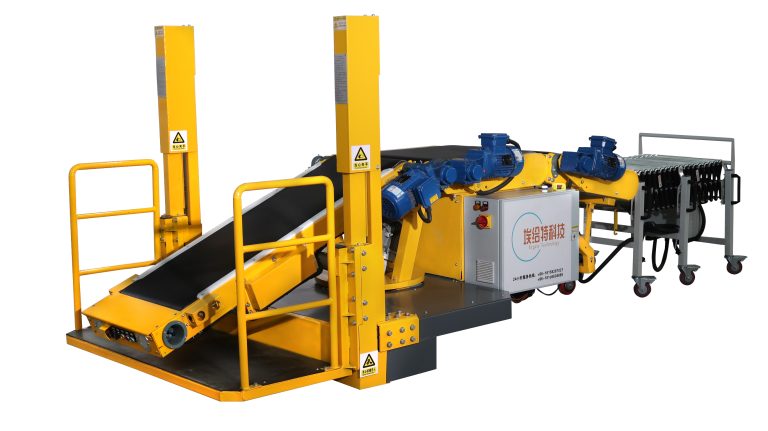How Ergonomic Unloading Can Reduce Injury Risk for Warehouse Workers Warehouse workers are essential to the success of many businesses, but they are also at risk of injury due to the physical demands of their job. Fortunately, ergonomic unloading can help reduce the risk of injury for warehouse workers. Ergonomic unloading is a process that…
The Benefits of Automated Material Handling Systems & Conveyors for Warehouses and Manufacturing Facilities Automated material handling systems and conveyors offer a number of advantages for warehouses and manufacturing facilities. These systems can help to improve efficiency, reduce costs, and increase safety. One of the primary benefits of automated material handling systems is improved efficiency….
The Benefits of Automated Loading and Unloading with Belt Conveyors: How to Maximize Efficiency and Safety Automated loading and unloading with belt conveyors is a highly efficient and safe way to move materials from one point to another. This type of system can be used in a variety of industries, including manufacturing, warehousing, and distribution….
How to Increase Throughput with Automation Increasing throughput with automation is a great way to improve efficiency and productivity in any business. Automation can help streamline processes, reduce manual labor, and increase accuracy. Here are some tips to help you get started: 1. Identify areas of your business that could benefit from automation. Think about…
How to Extend the Life of Your Conveyor System: Tips for Maintenance and Upkeep When it comes to keeping your conveyor system running smoothly, proper maintenance and upkeep are key. Here are some tips to help you extend the life of your conveyor system and keep it running at peak performance: 1. Regularly inspect your…

Main features of the machine including the Operator Platform, Pivoting Conveyor, Drive/Battery System and Flexible Roller/Cascading Belt Conveyor Integration provide enhanced productivity, flexibility, convenience, ease of use and safe operation for workers.